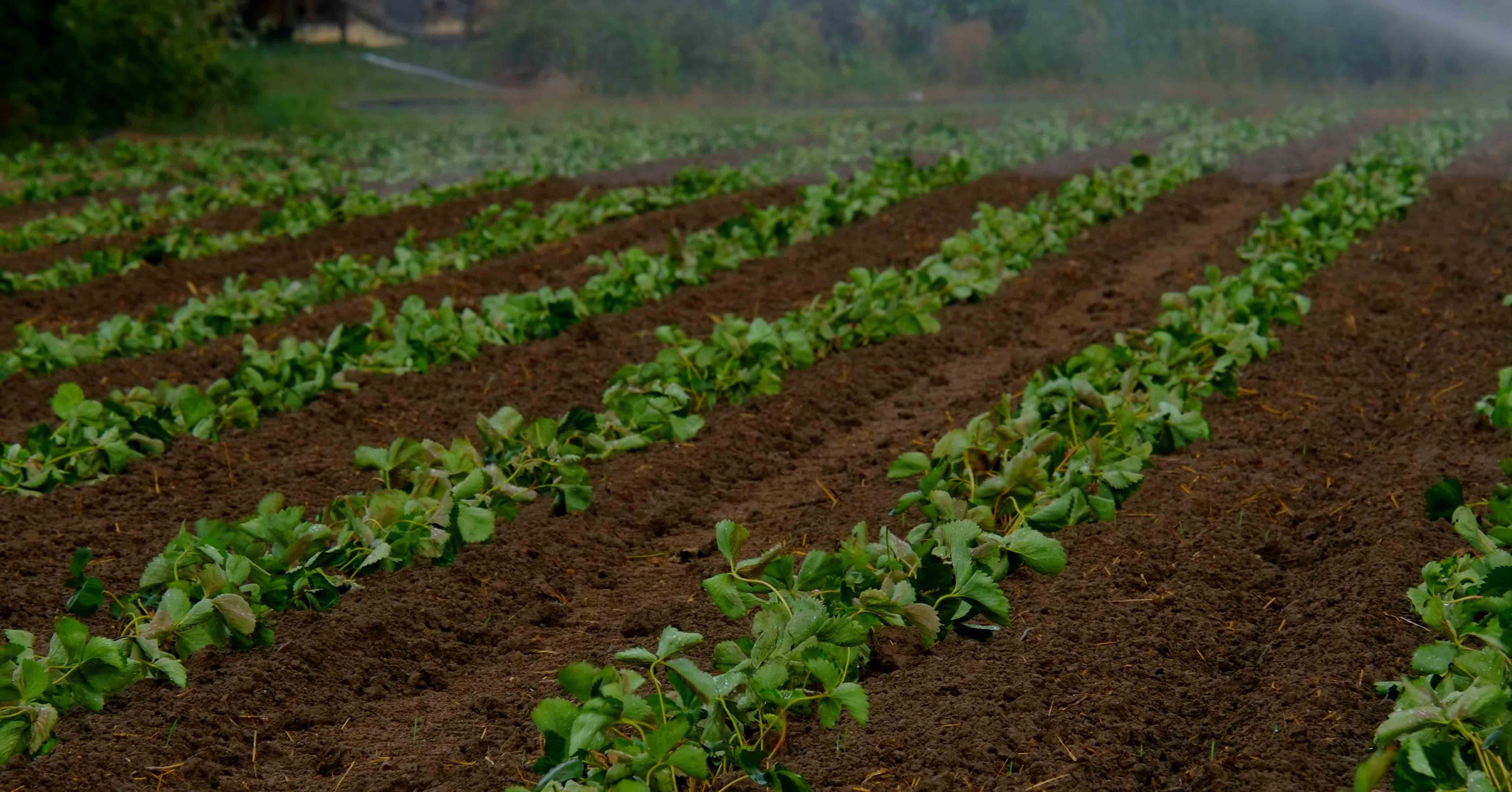
Water reuse vote in the EP
The European Parliament Plenary voted on the Regulation on Minimum Requirements for Water Reuse on Tuesday (February 12). The outcome of the vote is a marked improvement of the European Commission’s proposal.
MEPs confirmed the ENVI position that:
- Member States shall ensure that water resources used for drinking water are not contaminated with reclaimed water (Article 1)
- Pilot projects are excluded from the regulation (Article 2)
- Point of compliance is at the point of the water is delivered to the next actor in the chain (Article 3 - §1)
- Responsibilities of the reclamation facility operator are clearly set inside the reclamation facility, before the point of compliance (Article 4)
- The distribution and storage operator are added to the chain of actors and their responsibility (Article 4, 5, and 6)
- The competent authorities can increase the requirements if necessary (Article 4)
- The competent authority oversees the risk management (Article 5 - § 1)
- Every actor is responsible for carrying out the risk management tasks defined in the risk management plan (Article 5 - § 2)
- Addition of information and awareness raising campaigns (Article 9a new)
- The primary use for the reclaimed water is agricultural irrigation, with Member States free to decide on other uses (Annex I - section 1)
- The validation process is adjustable (Absence of biological indicator means validation if influent has a lower concentration than the removal objective and the possibility to test on pilot or having a credit per treatment steps) (Annex I - Section 2 - point 2.1).
The European Parliament managed to modify the proposed amendment (90) in ENVI to set the liability of the operator only if the reclaimed water does not comply with the quality requirement. The new amendment says: “In the event of non-compliance of reclaimed water at the point of compliance and subsequent contamination of soil or agricultural products through distribution and storage of that non-compliant reclaimed water, resulting in health and environmental hazards, the reclamation facility operator shall be held responsible and liable for damages.”
Still, there few points that are not satisfactory and that should be taken into account by the Council.
- The permit system is very heavy in the European Parliament report as all actors need to apply for a permit. It would be eased by the adoption of the project approach were the entity responsible for the water reuse project is the one to take the responsibility of the risk assessment and the permit request.
- The end-user still does not have to apply for a permit and has no obligation regarding the risk assessment for its part nor to apply management tasks.
- The addition of Salmonella in the quality parameters (Annex I – Section 2 – point 2.1 – Table 2) does not improve the quality requirements but increases the burden on the operator as Salmonella concentration evolves together with E. coli. In case of specific risk identified when the risk management plan is carried out, the Salmonella requirements can be added for specific projects.
- The definition of “micropollutant” (Article 3 - §2) refers to Annex VIII to Directive 2000/60/EC. However, there is no such definition in the Water Framework Directive (WFD). Such an important definition should be more precise and defined in the WFD, not in this regulation.
- The feasibility study asked as a first point of the key risk management tasks should be done much earlier in the process and are not managing the risk as such.
This closes the first reading step of the European Parliament. Let’s see how the European elections will influence this result.
European elections brings uncertainty to the next steps in the process. Once the EP horizon clears up post-elections, we will keep you updated.
Bertrand Vallet
Policy Officer
Water Matters. EU Matters.
- Created on .